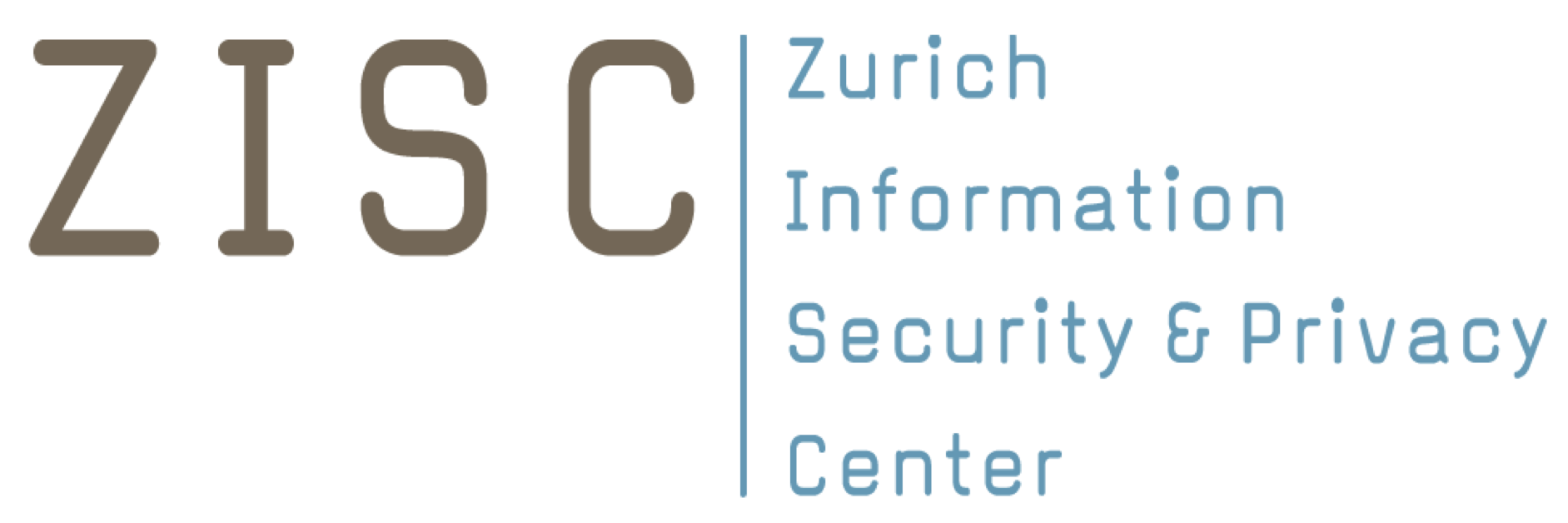AI in Computer Security: New Defenses and New Dangers
Abstract: The risks of cyber attacks are increasing: attackers are increasingly well organized and sophisticated; at the same time, more and more computer systems are accessible over the Internet to be attacked, including computer systems that operate critical infrastructure such as power generation and transportation. In this talk I’ll describe several recent research results that
